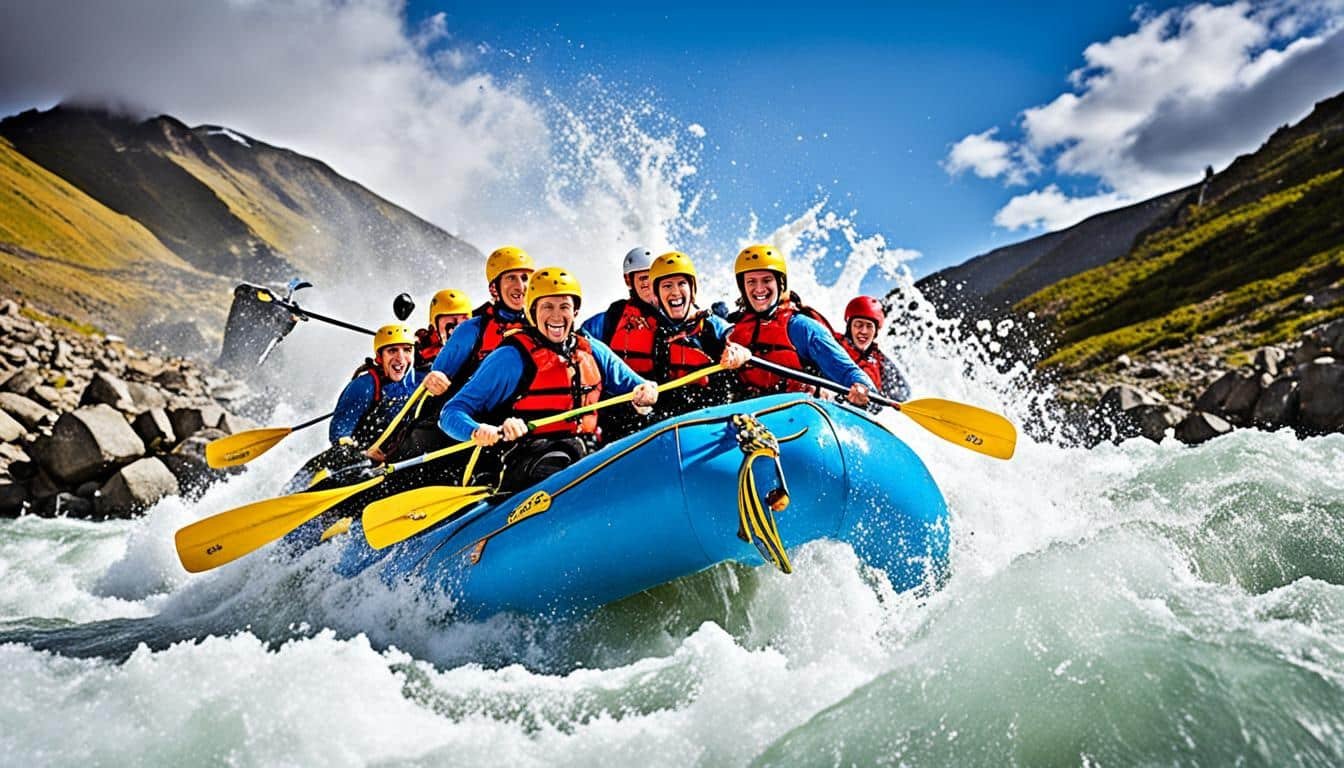Adult adventure travel offers a unique blend of thrill-seeking and relaxation, catering to discerning travelers seeking enriching experiences beyond the ordinary. It’s a departure from family-oriented adventures, focusing instead on curated itineraries designed for independent adults who crave both excitement and comfort. This exploration delves into the diverse facets of this niche market, examining its defining characteristics, popular activities, marketing strategies, and commitment to sustainable tourism.
From high-altitude trekking in the Himalayas to immersive cultural experiences in Southeast Asia and thrilling wildlife safaris in Africa, the possibilities are vast and varied. We will examine the psychological and emotional appeal of such journeys, highlighting the transformative power of pushing personal boundaries in stunning and enriching environments. The emphasis is on providing unique and unforgettable experiences tailored to the specific interests and preferences of the modern adult adventurer.
Sustainability and Responsible Tourism in Adult Adventure Travel
Adult adventure travel, while offering incredible experiences, carries a significant environmental footprint. The impact ranges from carbon emissions from transportation to the disturbance of fragile ecosystems. Responsible tourism practices are crucial to mitigate these effects and ensure the longevity of these breathtaking destinations for future generations of adventurers. This section will explore strategies for minimizing the environmental impact of adventure travel and promoting sustainable practices.
Minimizing the Environmental Impact of Adult Adventure Travel
The environmental impact of adult adventure travel is multifaceted. Air travel contributes significantly to carbon emissions, while land-based activities can lead to habitat destruction, pollution, and disturbance of wildlife. Reducing the impact requires a multi-pronged approach focusing on transportation, waste management, and responsible interaction with the environment. This includes opting for less carbon-intensive transportation options whenever possible, such as trains or buses, and offsetting unavoidable carbon emissions through reputable carbon offsetting programs.
Best Practices for Responsible Tourism in Adult Adventure Travel
Responsible tourism in adventure travel necessitates a conscious effort to minimize negative impacts and maximize positive contributions to local communities and the environment. This involves selecting tour operators committed to sustainable practices, respecting local cultures and traditions, supporting local businesses, and leaving no trace behind. Furthermore, responsible adventurers should actively engage in conservation efforts, such as participating in trail maintenance or wildlife monitoring programs, and supporting organizations dedicated to environmental protection.
A Guide for Travelers Making Sustainable Choices During Adventure Activities
Before embarking on an adventure, research the environmental impact of the chosen activity and select operators with a proven commitment to sustainability. Pack reusable water bottles, food containers, and bags to reduce waste. Respect wildlife by maintaining a safe distance and avoiding disturbing their natural habitats. Support local businesses and communities by purchasing locally sourced goods and services. Learn about the local environment and culture before traveling to better understand and appreciate the area. Finally, adhere to Leave No Trace principles, ensuring you leave the environment as you found it or better.
Examples of Eco-Friendly Adult Adventure Travel Operators and Their Initiatives
Many adventure travel operators are actively integrating sustainable practices into their operations. For example, some companies utilize carbon offsetting programs to compensate for the emissions from their trips, others prioritize locally owned accommodations and guides, and some focus on minimizing waste through reusable materials and responsible waste management. Several operators also partner with local conservation organizations to support environmental protection initiatives, offering travelers opportunities to participate in conservation projects. Specific examples include companies that utilize electric vehicles for transportation within their tour areas, implement robust recycling programs, and actively engage in habitat restoration projects. These examples showcase the growing trend towards responsible and sustainable practices within the adventure travel industry.
Outcome Summary
Ultimately, adult adventure travel represents a powerful intersection of personal growth, cultural immersion, and environmental responsibility. By carefully considering the elements of safety, sustainability, and thoughtful marketing, the industry can continue to thrive, offering unparalleled experiences that enrich both the traveler and the communities they visit. The future of this sector hinges on innovation, responsible practices, and a continued focus on creating truly transformative journeys for discerning adventurers.

